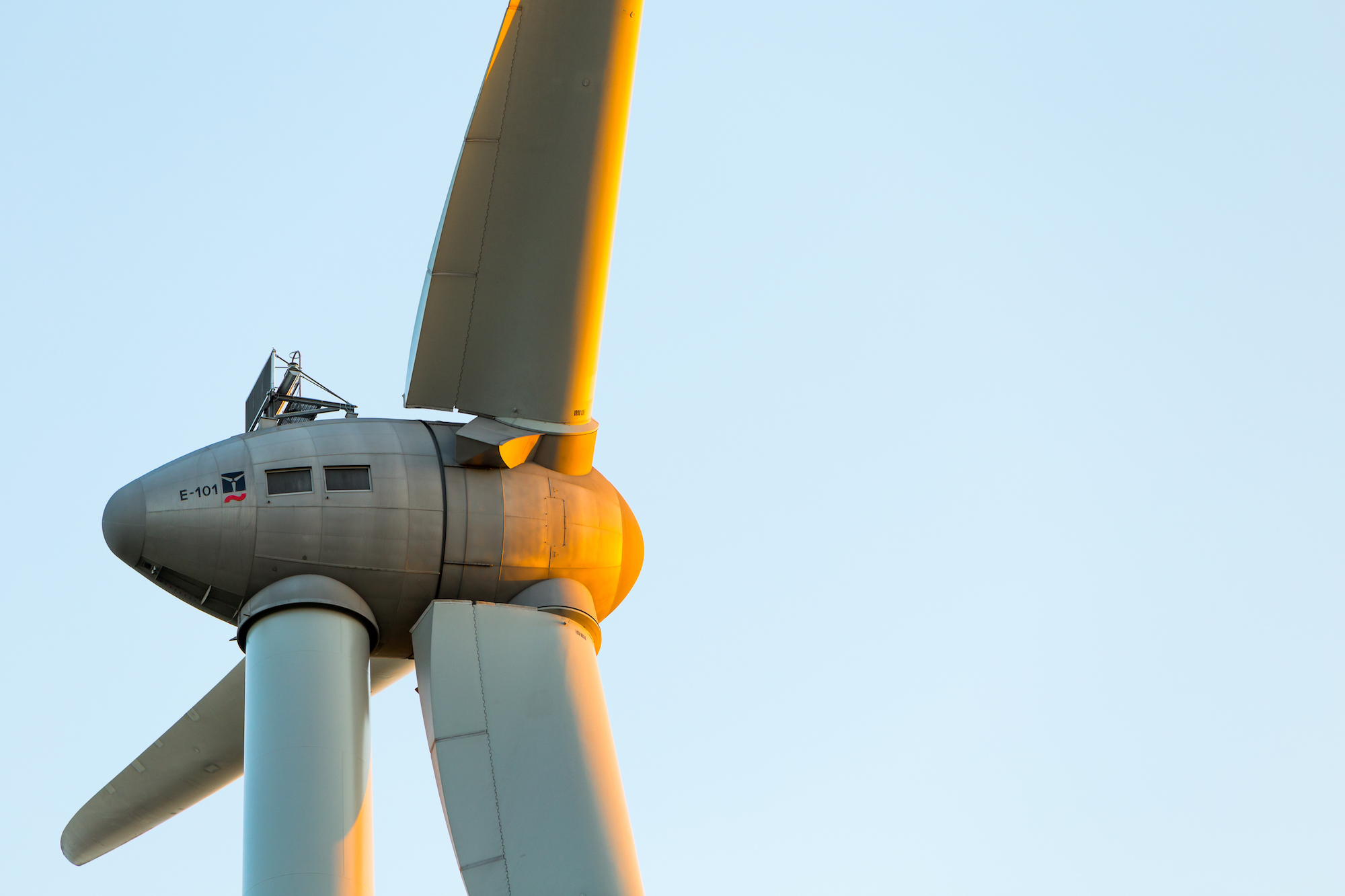Wind energy sector players are actively working towards full recycling or reuse of wind power plants
Wind energy sector players are actively working towards full recycling or reuse of wind power plants
As wind energy rapidly expands in Europe, industry players are taking action to ensure that wind energy is as green as possible. While up to 90% of wind turbine components are already recycled today, the challenge is posed by the blades, which are made of composite materials and are therefore harder to recycle. Wind energy stakeholders are calling on the European Commission to ban the landfilling of wind turbine blades from 2025 – and Lithuania must prepare for this, says Urtė Daškevičiūtė, Executive Director of the Lithuanian Wind Power Association (LVEA).
“Wind energy development in Lithuania is relatively recent and is only now gaining real momentum. The first wind power plant in Lithuania was built in 2003 and the first wind farm in the country started operating in 2006. Since the lifetime of wind power plants is currently around 20-25 years, this means that in the next few years we will also see the dismantling or modernisation of the first wind farms, as old wind farms are replaced by more modern new ones,” comments U. Daškevičiūtė.
Wind blades are non-toxic and safe to dispose of in landfills, but wind energy developers believe that such disposal is a waste of valuable resources, which is why Wind Europe, the European wind industry’s trade body, has issued a position paper calling for a ban on the disposal of wind blades in landfill across Europe from 2025. It also actively calls for a commitment to reuse, recycle or recondition 100% of blades in service.
So far, European Union (EU) countries are not obliged to ban the landfilling of wind turbine blades, with only Austria, Finland, Germany and the Netherlands having done so.
Finding ways to reuse
According to the Executive Director of the LVEA, the issue of landfilling of power plant blades, which is being raised by wind energy developers on their own initiative, demonstrates a mature approach to environmental impact.
“The wind energy business strives to be green from A to Z. For this reason, recycling of wind turbine blades is one of the key priorities in the sector and is something that the wind energy community is working hard on. The EU is already funding a wide range of projects to address this issue, from the reuse of wind blades in furniture production, public infrastructure to full recycling. It is estimated that at least seven possible ways of recycling wind turbine blades have already been developed. All that is needed is to find the most economically attractive and sustainable one. As the investment is not only time-consuming but also costly, I believe that in a few years’ time, wind blades will be easily recyclable,” says U. Daškevičiūtė.
An alternative to recycling wind turbine blades, which is currently being used successfully, is to repurpose them for other purposes: playground equipment, outdoor furniture, benches, gazebos, bridges, etc. Improvements in the production of the blades themselves are also promising to make the recycling of end-of-life equipment much more affordable in the future.
Currently, equipment and electricity manufacturers such as Siemens, Vestas, Ørsted and Vattenfall are committed to recycling power plant blades. Siemens Gamesa, part of the German group Siemens, has already developed the world’s first fully recyclable blade.
Opportunities for Lithuanian business
As regards the reuse of dismantled wind turbine blades, U. Daškevičiūtė sees opportunities for Lithuanian business.
“Recycling of blades could be a great niche for our entrepreneurs – we are strategically located at a convenient logistics point, with a seaport that is convenient for international freight transport. Lithuania is already attracting the eyes of foreign capital companies interested in setting up blade recycling plants here,” she says.
“Wind Europe forecasts that by 2025, around 25,000 tonnes of out-of-service blades will be removed from wind farms. The largest quantities are expected in the leading wind energy countries – Germany, Spain and Denmark. By 2030, the amount of old wind turbine blades could reach 52,000 tonnes, as other countries such as Italy, France and Portugal join in the modernisation of wind farms.
U. Daškevičiūtė points out that despite the challenges of recycling blades so far, the benefits of wind energy are undeniable: it is one of the lowest life-cycle greenhouse gas-emitting forms of energy production.


